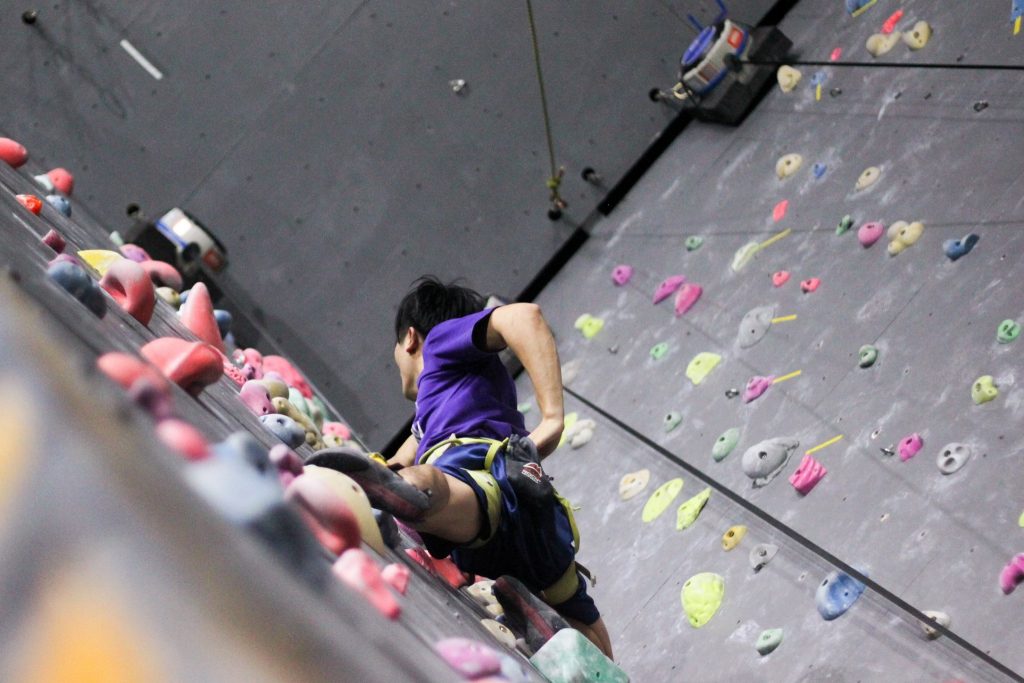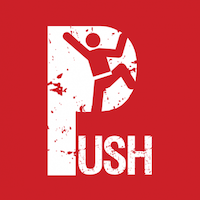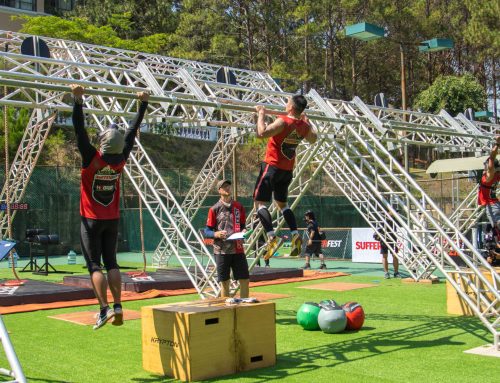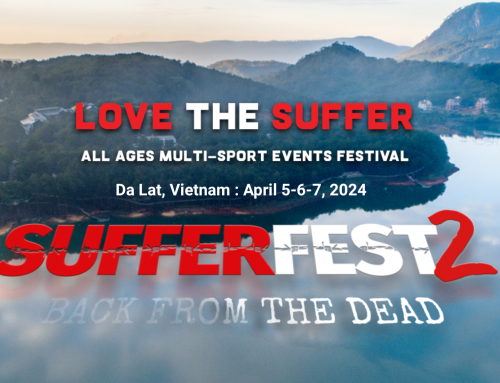We know what you’re thinking: “’Performance resting?’ Yeah I can do that. I can kick back in a hammock for maybe ten hours straight, that’s how hardcore my resting is.” And we’re with you. Sort of.
The climbers at Push know that knowing how to rest is as much a part of pushing yourself as ‘feeling the burn’ or any of those ‘no pain no gain’ training approaches. But whereas you can download any number of training routines that feature pull ups and planks, there are very few that talk about resting as a way to enhance performance.
So here we go.

WHY REST?
The first big thing to take into account is that unlike most sports climbing manages a unique blend of both aerobic and anaerobic activity.
It is both an endurance sport that can last hours as you scale multi pitch climbs or a short sharp sprint event as in speed climbing. Most of us fall somewhere in between those extremes. Climbing is both an aerobic and anaerobic sport then because we do it in bursts of intense effort. It’s that variety that helps make climbing such a great and varied workout for your body, but it also means that your climbing benefits from a more rounded understanding of resting.



RESTING ON THE WALL
Giving your body the chance to rebuild is only part of smart resting. The really hardcore bit comes not after a climb, but during it.
Because climbing involves bursts of more intensive effort, and with it the lactic acid build up associated with anaerobic exercise, you will climb more efficiently if you plan for rest breaks as you go.
That means scanning the wall before you climb and mentally noting good spots to take the weight off your arms. Getting the weight off the relatively weaker muscles of your upper body also gives you a chance to try the G-Tox technique, which is fancy way of saying that you shake your arms out both above and below your heart level. It’s a technique long recommended by training guru Eric Hörst.
But the best bit of hardcore resting is that you can train for this too, and training is fun.
Train to rest? Yes, really, because resting on the wall is all about redistributing weight around your body and that’s all part of the fun of climbing. Jams (wedging the hand or foot in to a small crack on the wall) are a great way to take the weight off your muscles. Adopting a hand jam or leg jam can give your biceps or thighs a break for the time it takes to clear lactic acid build up.Try frogging (bringing the hips parallel with the wall) where you turn your hips and feet outwards like a tree frog to change the weight balance of your body. Techniques like heel hooks, hip scums, even head smears may look slightly less elegant that the picture of the pros in action, but if they give a break to your hard working primary muscles then they’re worth a try and that means worth a practice.

RESTING OFF THE WALL
The first point is the old one that we all tend to forget when we start to get into a sport: you don’t get stronger doing it, you get stronger when you stop doing it. Any sports activity cues the body to adapt to new demands. Suddenly we need more strength, and greater oxygen intake. “Okay,” say our bodies.
But these exciting new developments only happen when you’re resting and your body has a chance to repair damage to muscle tissue, which upgrades our systems. No rest and you won’t get physically stronger.
Intensive training for a prolonged time may give you mad skills, but you won’t actually get stronger if you don’t give yourself the rest your body needs.
Just how much rest you need is an odd mix of science and gut feeling. Standard advice varies wildly from 24 to 72 hours but of course that depends on whether you are an old hand whose body is used to this stuff or a newcomer who has just thrashed their way through several routes at your limit. Learning to listen to your body is a key point here.
Also, don’t getting obsessed with the worry about missing a training session. You might even find a missed session makes you better. But the single big thing to watch out for are the dreaded DOMS.
RESTING OFF THE WALL
If you’re not a runner try talking to one. Distance runners are classics for obsessing over journey length, which means they are often guilty of hitting the road again before their bodies have moved on from the last session.
Experienced marathoners will happily tell you that it’s not how stiff you feel the day after a big push. You might feel fine the day after but the tiredness often doesn’t really show until two days after.
That’s what’s called DOMS, which stands for Delayed Onset Muscle Soreness and it’s down to the fact that exercise leaves muscle fibres torn. The full repair process can take (and should be given) time. If you don’t allow your body to work through DOMS and rebuild to the new level, you run the risk of strength plateauing.
CLIMB CALMLY
So next time you take to the wall, try a hardcore resting session. Start by looking down to see where your feet go (so you kick off by using the larger muscles), then before you set off look up and think where there is a crevice you could jam into, or any other point where you think it would be good to rest. Then as you go up periodically turn both feet and hips outwards so as to feel that release. Because by practice quality resting we can learn how go harder.
Words by Steve Shipside.






